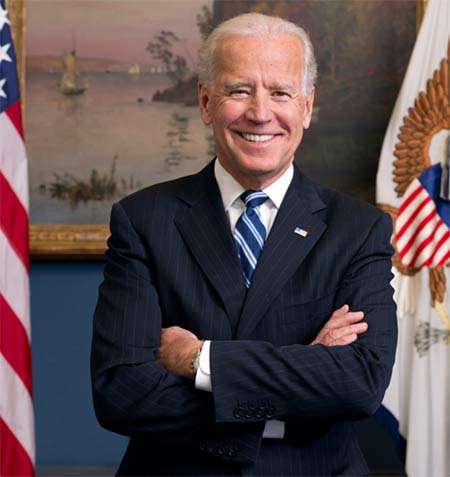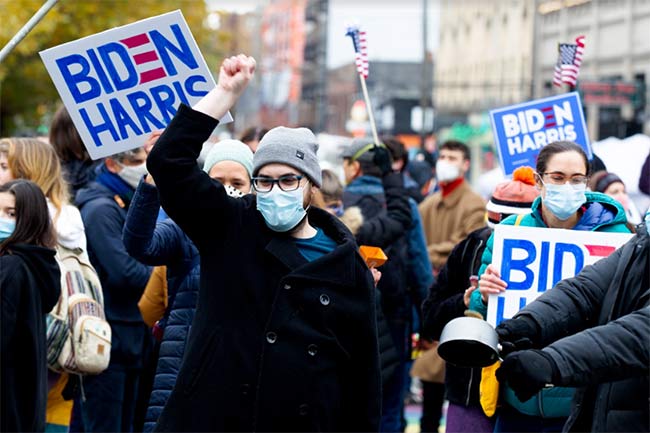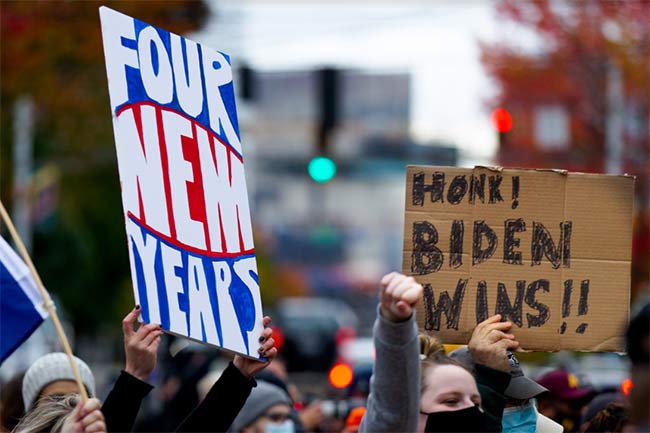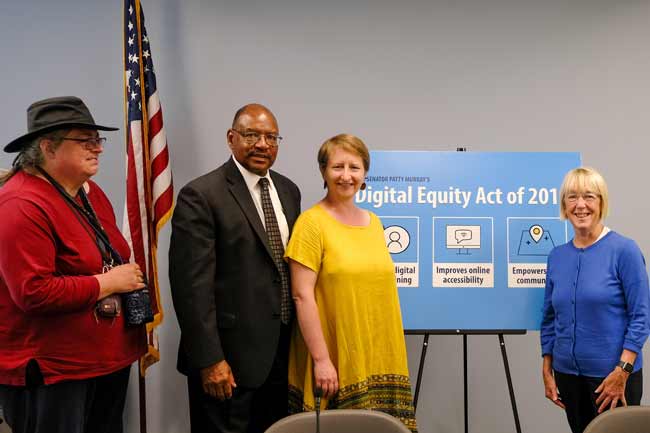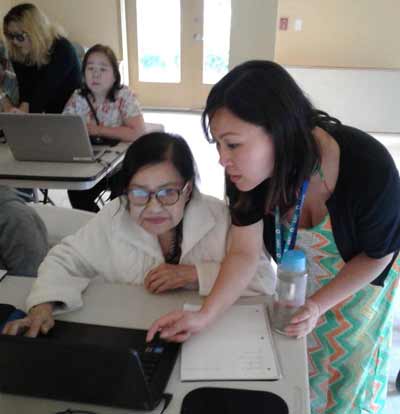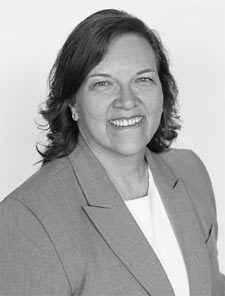Landlords in Seattle May Soon Be Compelled to Submit Their Rent Data

Seattle intends to compel landlords to disclose their rent rates in order to get more accurate information. As part of an attempt to better understand the local housing market, landlords in Seattle may be obliged to disclose the amount of rent they charge, which sparked objections from some building owners.
Seattle’s City Council narrowly adopted a measure on Tuesday that would compel landlords to report twice a year on the rent and other fees they collect for each rental and other facts including square footage, the number of rooms, or if the home or unit is occupied. The measure is now in the hands of the mayor, who will have to sign it.
Council member Alex Pedersen’s plan would require landlords to provide data to a research institution that has yet to be chosen by the city. The new legislation will take effect once the city hires a university to collect the data from landlords.
Data collecting is not expected to begin until sometime next year, and the statute would expire at the end of 2025 if all goes according to plan.
Why Collect the Data?
At present, there is little private rental data available in Seattle. Apartment List and CoStar monitor the prices of new leases that are often more than what renters pay when they remain in a rental for a long time. They do gather some data, but it takes a long time for such data to be made public.
There is also the Center for Real Estate Research in Washington State but there isn’t any precise information regarding the rent data they collect in Seattle. And of course, after years of collecting rent data from local landlords, Dupre + Scott, a private corporation, closed their operations last year.
It was suggested by council members that the information was needed to prevent the relocation of low-income renters or to make the case for the construction of additional affordable homes. The information, according to Councilwoman Tammy Morales, would allow the city to monitor the rate at which rents are rising.
When she spoke earlier this month, she stated that it will “enable us to have a clearer understanding of truly how huge the demand for new houses that are more affordable” is. The council approved an amendment offered by Morales that said that the information landlords provide to the university “should be made accessible to the public.”
However, landlords testified before the council that the law would force them to disclose sensitive business information, which might lead to property owners selling their rentals.
The lack of up-to-date rental statistics is an ongoing issue. “It’s happening all throughout the nation. Nobody has this kind of data unless you are talking about some of those one-off surveys,” said James Young, director of the University of Washington’s Washington Center for Real Estate Research.
The suggestion, however, was questioned by Young. If landlords are reporting correct information, researchers must be able to verify it. For Young, the city’s policing may be improved by including university academics.
Asked whether the university would report those who didn’t provide the report, Young stated that the centers of education and research would never do that. But “everyone needs more data,” he said. “No question about it.”
The program’s expenses have yet to be determined. Enforcement of the regulation will need extra personnel, according to a number of local agencies participating in the new initiative.
However, landlords in Seattle need to know that failure to comply with the new regulation may result in penalties of $500 for the first offense and $1,000 for any subsequent offenses within three years after it is put into effect.
Photo Credit: “Seattle Housing – Miniature effect” by Jenni Reynolds-Kebler is licensed under CC BY-SA 2.0.





